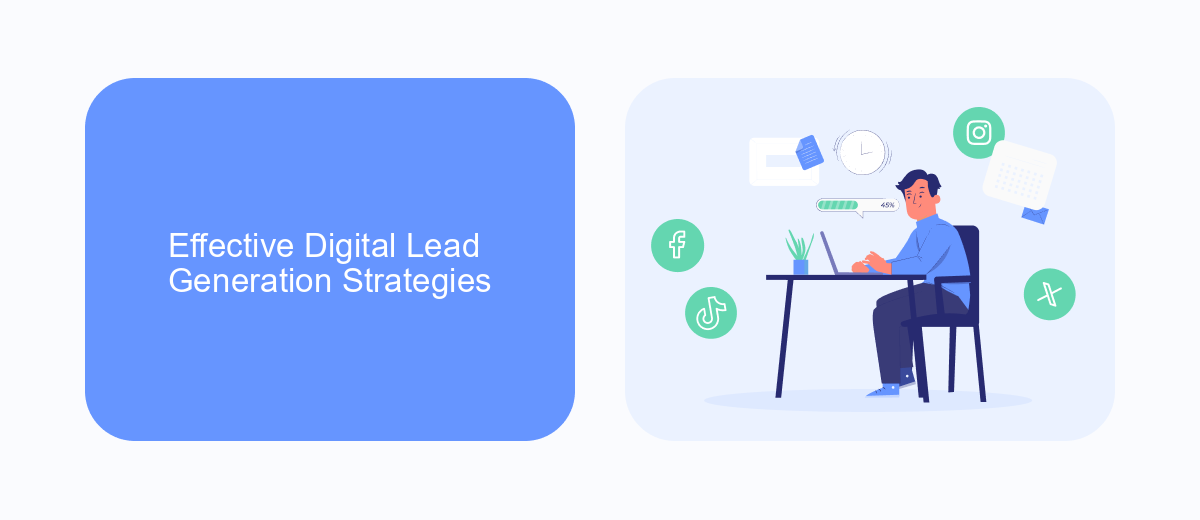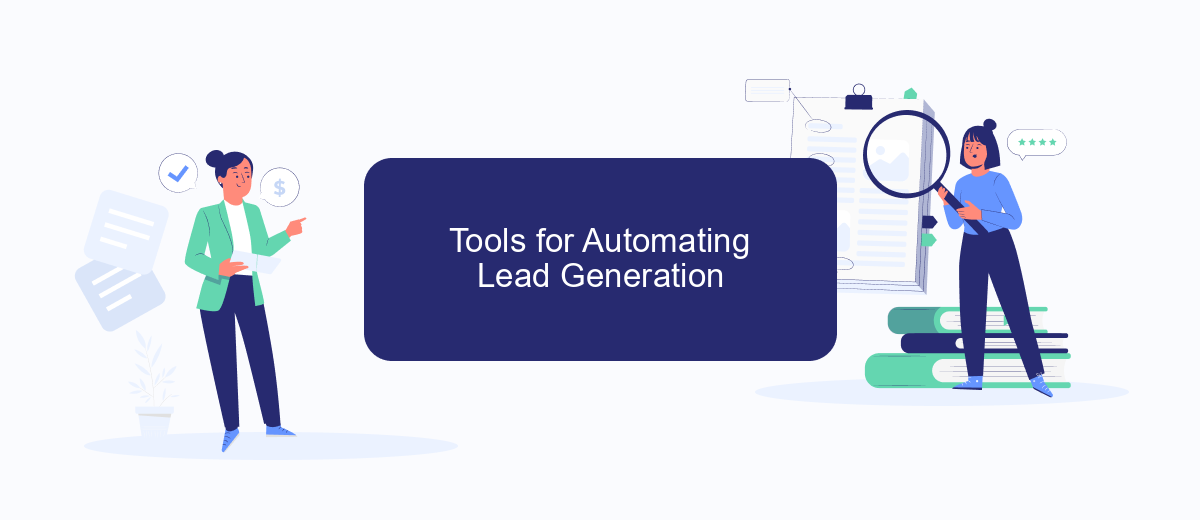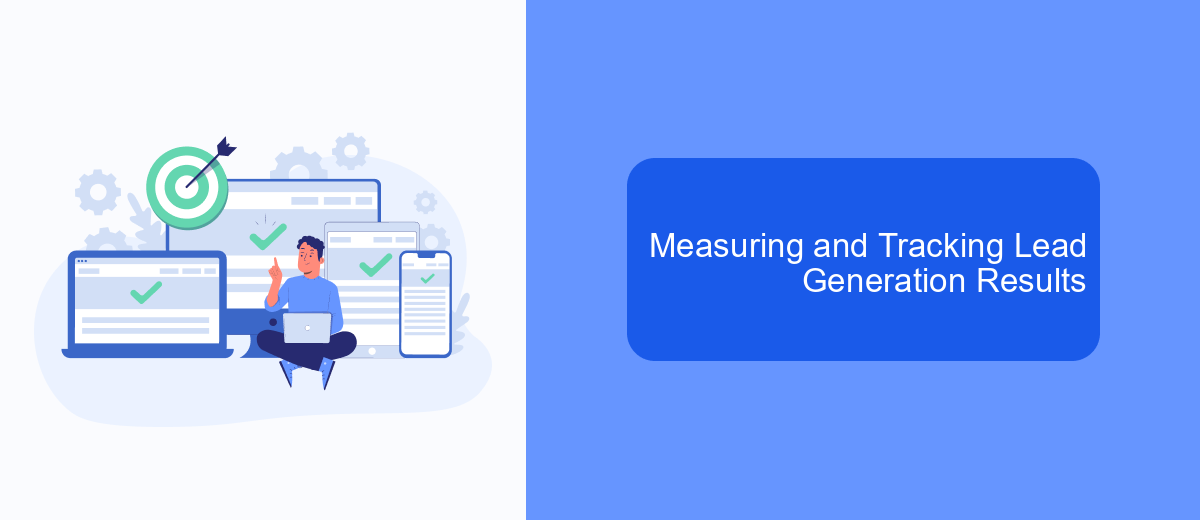In today's fast-paced digital landscape, businesses must adapt and innovate to attract potential customers effectively. Digital lead generation strategies are essential for identifying and engaging prospects online, converting them into valuable leads. This article explores various techniques, from content marketing to social media campaigns, that can help businesses maximize their reach and drive growth in an increasingly competitive market.
Define Digital Lead Generation and Its Benefits
Digital lead generation refers to the process of attracting and converting potential customers through online channels. This strategy leverages various digital platforms and tools to capture interest and gather contact information of prospects, turning them into leads for businesses. The goal is to create a consistent pipeline of potential clients who can be nurtured and converted into loyal customers.
- Increased Reach: Digital lead generation allows businesses to target a global audience.
- Cost-Effective: Online campaigns can be more affordable than traditional marketing methods.
- Measurable Results: Digital tools provide analytics to track and optimize performance.
- Enhanced Engagement: Interactive content and personalized communication foster better relationships.
- Automation: Services like SaveMyLeads streamline lead management and integration with CRM systems.
Implementing digital lead generation strategies can significantly enhance a company's ability to attract, engage, and convert potential customers. By utilizing tools and services such as SaveMyLeads, businesses can automate the process of capturing and organizing leads, ensuring a more efficient and effective approach to growing their customer base.
Effective Digital Lead Generation Strategies

Effective digital lead generation strategies are crucial for businesses seeking to expand their customer base and increase sales. One of the most effective methods is leveraging content marketing to attract potential leads. By creating high-quality, relevant content that addresses the needs and pain points of your target audience, you can draw them to your website and encourage them to engage with your brand. This can be achieved through blog posts, whitepapers, eBooks, and videos that provide valuable insights and solutions.
Another powerful strategy is utilizing social media platforms to reach a broader audience. By actively engaging with users on platforms like LinkedIn, Facebook, and Instagram, businesses can build relationships and trust with potential leads. Additionally, integrating automation tools like SaveMyLeads can streamline the lead generation process by automatically capturing and transferring leads from various sources to your CRM or email marketing software. This ensures that no lead is lost and allows for timely follow-up, ultimately increasing the chances of conversion.
Tools for Automating Lead Generation

Automating lead generation can significantly enhance your marketing efforts by streamlining processes and improving efficiency. By leveraging various tools, businesses can capture, nurture, and convert leads more effectively.
- Customer Relationship Management (CRM) Systems: Tools like HubSpot and Salesforce help manage interactions with potential customers, track leads, and automate follow-up emails.
- Email Marketing Automation: Platforms such as Mailchimp and ActiveCampaign automate email campaigns, segment audiences, and personalize messages to nurture leads.
- Lead Capture Tools: Services like OptinMonster and Sumo provide pop-ups, forms, and landing pages to capture leads directly from your website.
- Social Media Automation: Hootsuite and Buffer allow you to schedule posts, track engagement, and generate leads from social media platforms.
- Integration Services: SaveMyLeads automates the transfer of leads from various sources to your CRM or other marketing tools, ensuring seamless data flow and efficient lead management.
By incorporating these tools into your lead generation strategy, you can automate repetitive tasks, improve data accuracy, and focus more on engaging with potential customers. This not only saves time but also increases the likelihood of converting leads into loyal customers.
Measuring and Tracking Lead Generation Results

Measuring and tracking lead generation results is crucial for understanding the effectiveness of your strategies and making necessary adjustments. By analyzing key performance indicators (KPIs), you can identify which tactics are working and which need improvement. This data-driven approach allows for better allocation of resources and more targeted marketing efforts.
To start, set clear goals for your lead generation campaigns. These goals should be specific, measurable, achievable, relevant, and time-bound (SMART). Once your goals are established, use analytics tools to track performance and gather insights. Google Analytics, for instance, can provide valuable data on website traffic, user behavior, and conversion rates.
- Define key performance indicators (KPIs) such as conversion rate, cost per lead (CPL), and return on investment (ROI).
- Utilize CRM systems to monitor and manage leads throughout the sales funnel.
- Integrate automation tools like SaveMyLeads to streamline data collection and analysis.
Regularly reviewing and analyzing your lead generation metrics will help you stay agile and responsive to market changes. By leveraging tools like SaveMyLeads, you can automate the integration of various data sources, ensuring a seamless flow of information and more accurate tracking of your lead generation efforts.
Optimizing Digital Lead Generation Campaigns
Optimizing digital lead generation campaigns requires a strategic approach to ensure maximum efficiency and effectiveness. Start by analyzing key performance metrics such as conversion rates, cost per lead, and return on investment. Use A/B testing to experiment with different ad creatives, landing pages, and call-to-action buttons to identify what resonates best with your target audience. Additionally, segment your audience based on demographics, behavior, and interests to deliver personalized content that drives higher engagement and conversions.
Integrating automation tools can significantly enhance your lead generation efforts. Services like SaveMyLeads allow you to streamline data collection and transfer between various platforms, ensuring that no lead is lost and that your sales team can act promptly. By automating tasks such as lead scoring, follow-up emails, and CRM updates, you can focus on refining your strategy and nurturing high-potential leads. Continuously monitor and adjust your campaigns based on real-time data to maintain optimal performance and achieve your lead generation goals.
FAQ
What is digital lead generation?
How can I improve my lead generation efforts?
What role does automation play in lead generation?
How can I integrate different digital marketing tools for lead generation?
What metrics should I track to measure the success of my lead generation strategies?
If you use Facebook Lead Ads, then you should know what it means to regularly download CSV files and transfer data to various support services. How many times a day do you check for new leads in your ad account? How often do you transfer data to a CRM system, task manager, email service or Google Sheets? Try using the SaveMyLeads online connector. This is a no-code tool with which anyone can set up integrations for Facebook. Spend just a few minutes and you will receive real-time notifications in the messenger about new leads. Another 5-10 minutes of work in SML, and the data from the FB advertising account will be automatically transferred to the CRM system or Email service. The SaveMyLeads system will do the routine work for you, and you will surely like it.
